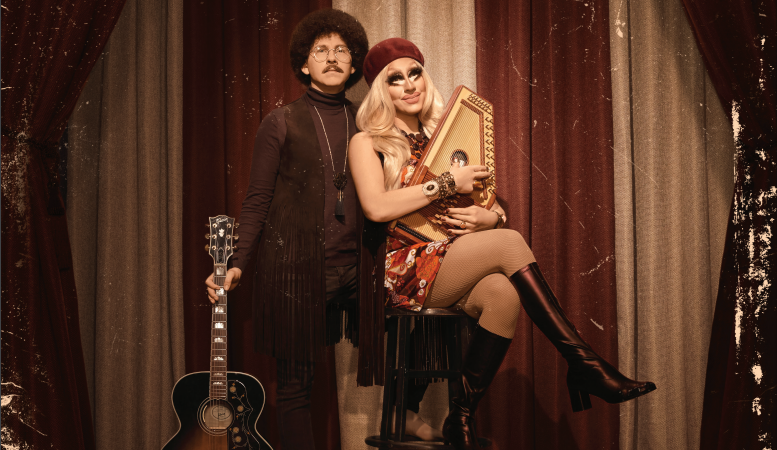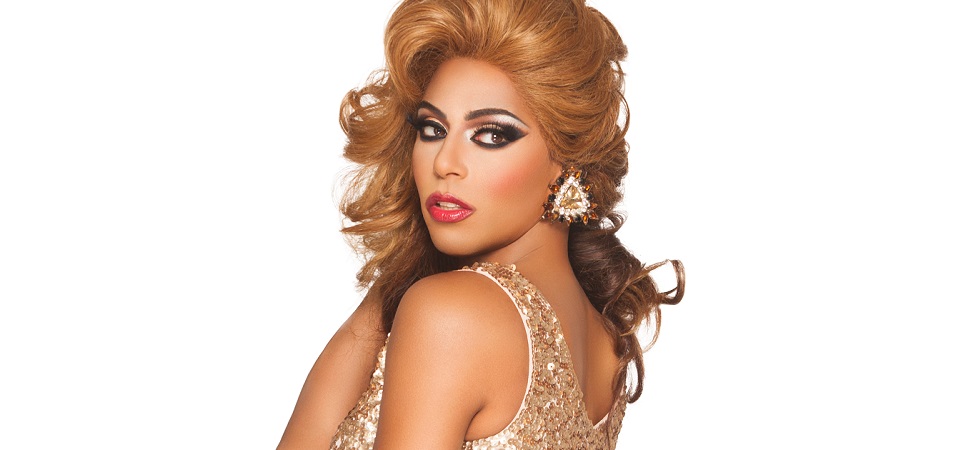DVD Review: A Portrait of James Dean – Joshua Tree, 1951
4 min read
The private life and inner world of James Dean has often been shrouded in mystery; overlooked and concealed by the star-machine of the Classical Hollywood period. Against a backdrop of prevailing post-war masculinity mores and legislation, gay and bisexual Hollywood stars were forced to compartmentalise their sexuality, like the rest of the gay and bisexual community, with the additional pressure of being in the public consciousness. The star-machine existed to build and preserve the image of these God-like figures amongst the masses. The public images of major icons such as Montgomery Clift, Rock Hudson, and of course James Dean were all designed and aided by the Hollywood rumour mill feeding stories to the press; speculation of which (female) stars they dated, or were interested in dating prevailed throughout their career, and often long after their death, with fragmented details of their true nature only coming to light comparatively recently. In his new film A Portrait of James Dean – Joshua Tree, 1951, Matthew Mishory redresses the balance by casting a light on the years prior to James Dean’s international fame and exploring the influences and circumstances that made him one of the most provocative actors of his generation.
 Constructed of a series of vignettes, Mishory rejects a conventional narrative structure; instead we have a film of moments which accumulatively build up a fine and richly layered interpretation of Dean’s life and persona. The attention to detail in this film cannot be overlooked, not only in terms of historical detail and costume, which are themselves extremely well executed, but also in terms of the ‘moments’ Mishory has chosen to convey; Director becomes Curator here as narrative elements are very precisely chosen, arranged, and displayed to create a work of coherent beauty that so many non-linear narratives cannot achieve. Mishory’s great success, as mentioned, is the accumulative effect of the elements within the film to evoke a certain mood, a certain culture, a certain time and have these elements embedded so naturally that the film feels entirely organic and completely lacking in pretention.
Constructed of a series of vignettes, Mishory rejects a conventional narrative structure; instead we have a film of moments which accumulatively build up a fine and richly layered interpretation of Dean’s life and persona. The attention to detail in this film cannot be overlooked, not only in terms of historical detail and costume, which are themselves extremely well executed, but also in terms of the ‘moments’ Mishory has chosen to convey; Director becomes Curator here as narrative elements are very precisely chosen, arranged, and displayed to create a work of coherent beauty that so many non-linear narratives cannot achieve. Mishory’s great success, as mentioned, is the accumulative effect of the elements within the film to evoke a certain mood, a certain culture, a certain time and have these elements embedded so naturally that the film feels entirely organic and completely lacking in pretention.
So, the big question; does James Preston measure up to the American Legend? The answer is no, and thankfully so. Preston has wisely played away from the concept of James Dean as a popular icon, instead he sensitively portrays ‘Dean, the young man’, allowing his relative innocence and natural curiosity to thrive. The performance is organic and presents us with Dean as a human being; flawed, confused, yet with burgeoning sparks of brilliance. Distinguishing between legend and humanity is something that many actors, even if they themselves are legends, cannot always achieve. There are no shades of Mommie Dearest here. Preston does indeed deliver a fine and convincing performance, and brilliantly introduces us to a new perspective on Dean.
A key feature of Dean’s development as a person and actor were his relationships, which are handled with great insight and sensitivity by the supporting cast. Dan Glenn plays Dean’s lover and roommate, perfectly capturing the idea that even those closest to Dean will forever be outsiders. Knowing his disposability, The Roommate’s journey is as compelling as Dean’s; Glenn shrewdly explores concepts of attachment through The Roommate’s unequal standing in the relationship, which forces us to question if a heteronormative coupling between the two men could ever be sustainable, or more succinctly, is their relationship a product of the era or Dean’s disability to fully connect with those around him? Many relationship dynamics are at play, all of which unfold against their basic dependency on each other for that period of time; it’s fascinating to behold.
It’s hard to escape the hypnotic quality of A Portrait of James Dean – Joshua Tree, 1951 this is in large part due to the fascinating cinematography, much of which is black and white, conjuring fifties Americana, as well as tipping it’s hat to the Classical Hollywood period. It’s interesting to note, however, that Dean was an icon from colour pictures; East of Eden (Kazan, 1955), Rebel Without a Cause (Ray, 1955), and Giant (Stevens, 1956) were all colour pictures, however it was these colour pictures that created Dean the legend, a legend that was, as we have established, largely removed from the man himself. The idea of having Dean’s formative years rebelliously black and white provides a fascinating visual contrast from the Dean we thought we knew.
This film should be seen by everyone interested in James Dean, Hollywood, sexuality, and the language of film. So, everyone really; it’s a hugely enjoyable work of art.
[youtube id=”Om7l1ac0VVU” width=”620″ height=”360″]
Want to know more? Click here to read our interview with Writer and Director Matthew Mishory.
Click here to buy from Amazon




1 thought on “DVD Review: A Portrait of James Dean – Joshua Tree, 1951”
Comments are closed.